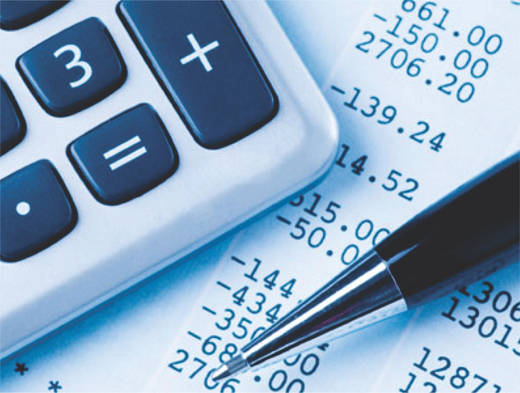What is credit and debit
Credit and debit (put the stress always on the first syllable) is a concept used in accounting to monitor business processes of the company. Accounts very much, more than a hundred, they are created in order that would better reflect each operation activity of the company. Each account has its own number and title.
Under the debit refers to all the assets of the company, that is, than it has to date. These can be money in Bank accounts, cash on hand, the total cost of materials in warehouses, the sum of the cost of fixed assets, debt counterparties. The higher the assets of the organization, the more successful and larger than it is.
Liabilities, or the credit turnover is debts and sources of formation of assets. The debts include arrears of wages payable to contractors, depreciation, payable to the founders or owners of the company for the distribution of profits. The sources of formation of assets, for example, its Charter or other capital.
What is the turnover on the debit and credit
The entry for each account is maintained separately. It looks like this: debit in the context of the account is written on the left side and credit on the right. Each operation is reflected in the transaction. A particular account can often be used during the reporting period. The amounts recorded in the columns of debit or credit, depending on transaction type. The nature of the balance accounts are divided into active, passive, active-passive.
Turnover increase in debit active accounts or active-passive means an increase in property of the organization or existence of the rights of the requirement. The increase in turnover of credit, on the contrary, shows their reduction.
In passive accounts transactions are recorded opposite. These accounts are meant to be seen where and by what means in the organization.
At the end of the period, the turnover of debit and credit are totaled separately. It turns out the total balance in the end. If the amount of turnover on the debit and the credit match, the account is closed, as is reset. There are a number of accounts that have a zero balance at the end of the period, this is mainly the accounts that are written off expenses.
The reason for the existence of debit and credit reflects a double entry. The bottom line is a name – double. That is, one operation is necessary to write twice, using two accounts. On the first account the transaction amount is in debit, the second credit, it turns out the balance. So the balance must always come together. If the total turnover of the debit does not converge with a total turnover of loan that admitted an accounting error.












